基于SSM的果蔬商城系统的设计与实现(VUE,MySQL)(含录像)(论文说明书11700字,程序代码,MySQL数据库)
摘 要
近年来,随着移动互联网的快速发展,电子商务越来越受到网民们的欢迎,电子商务对国家经济的发展也起着越来越重要的作用。简单的流程、便捷可靠的支付方式、快捷畅通的物流快递、安全的信息保护都使得电子商务越来越赢得网民们的青睐。现今,大量的计算机技术应用于商业领域,包括软件技术、网络技术、硬件技术等。越来越多的企业使用计算机来开展业务、销售、购买和宣传各种商品。各种商业系统和软件已经解放了企业的双手,并使企业能够最大限度地获得利益。因此,计算机技术在商业领域占有非常重要的地位。
本文主要通过对系统的前台系统和后台管理系统进行了功能性需求分析,对系统的安全性和可扩展性进行了非功能性需求分析。在详细的需求分析的基础上,根据系统的功能设计确定了数据库结构,实现完整的代码编写。基于SSM的果蔬商城系统使用JSP语言、eclipse开发工具、mysql数据库等开发工具,完成了系统的主要模块的页面设计和功能实现。本文展示了首页页面的实现效果图,并通过代码和页面介绍了用户注册功能、商品搜索功能、加入购物车和查看购物车功能、生成订单和查看我的订单功能、在线付款功能的实现过程。
关键词:JSP语言;eclipse开发工具;基于SSM的果蔬商城系统
Abstract
In recent years, with the rapid development of the mobile Internet, e-commerce has become more and more popular among netizens, and e-commerce also plays an increasingly important role in the development of the national economy. Simple processes, convenient and reliable payment methods, fast and smooth logistics and express delivery, and secure information protection all make e-commerce more and more popular among netizens. Today, a large number of computer technologies are used in commercial fields, including software technology, network technology, hardware technology, and so on. More and more businesses use computers to conduct business, sell, buy, and advertise a variety of goods. Various business systems and software have freed the hands of businesses and enabled them to maximize their benefits. Therefore, computer technology occupies a very important position in the business field.
This paper mainly analyzes the functional requirements of the system's foreground system and background management system, and analyzes the non-functional requirements of the system's security and scalability. On the basis of detailed requirement analysis, the database structure is determined according to the function design of the system, and the complete code writing is realized. The fruit and vegetable mall system based on SSM uses JSP language, eclipse development tools, mysql database and other development tools to complete the page design and function realization of the main modules of the system. This article shows the realization effect diagram of the home page, and introduces the realization process of user registration function, product search function, adding to shopping cart and viewing shopping cart function, generating order and viewing my order function, and online payment function through code and page.
Key words: JSP language; eclipse development tool; fruit and vegetable mall system based on SSM
功能性需求分析
前台需求:
(1)用户模块:主要包括用户的注册和登陆、用户个人信息管理和用户帐单查询等功能。
(2)商品模块:主要包括商品浏览、商品信息展示、商品搜索、商品收藏、商品购买、商品评论等功能。
(3)购物车模块:主要包括添加购物车、查看我的购物车和删除购物车等功能。
(4)订单模块:主要包括生成订单、我的订单、查看订单详细信息、在线支付、确认收货等功能。
后台需求:
(1)用户管理:主要包括用户列表、用户等级管理和用户评论管理等功能。
(2)商品管理:主要包括商品列表、商品类目管理、商品添加、商品信息管理等功能。
(3)订单管理:主要包括发货和退货管理等功能。
开发语言:Java
框架:SSM
服务器:tomcat
数据库:mysql
数据库工具:Navicat
开发软件:eclipse/myeclipse/idea
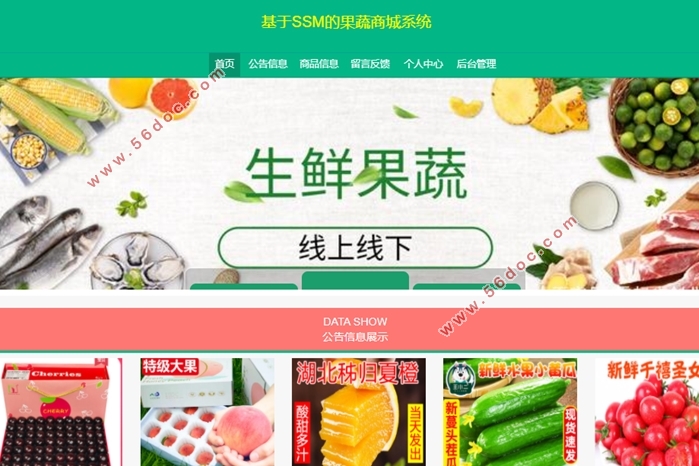
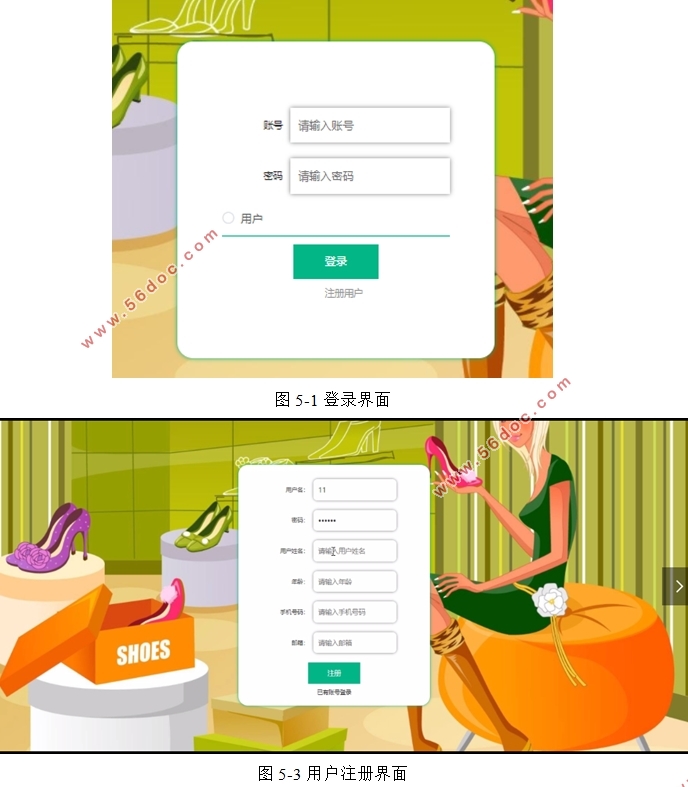
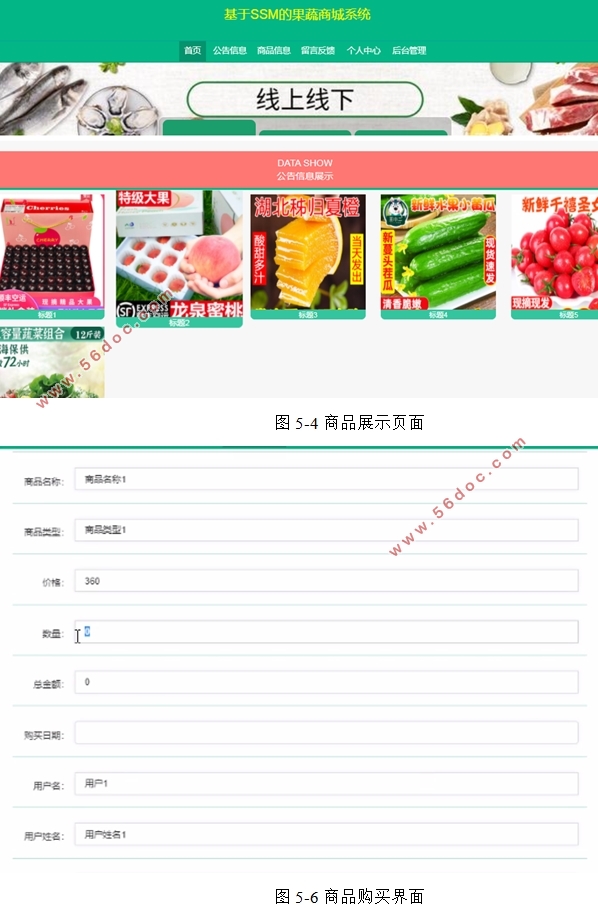

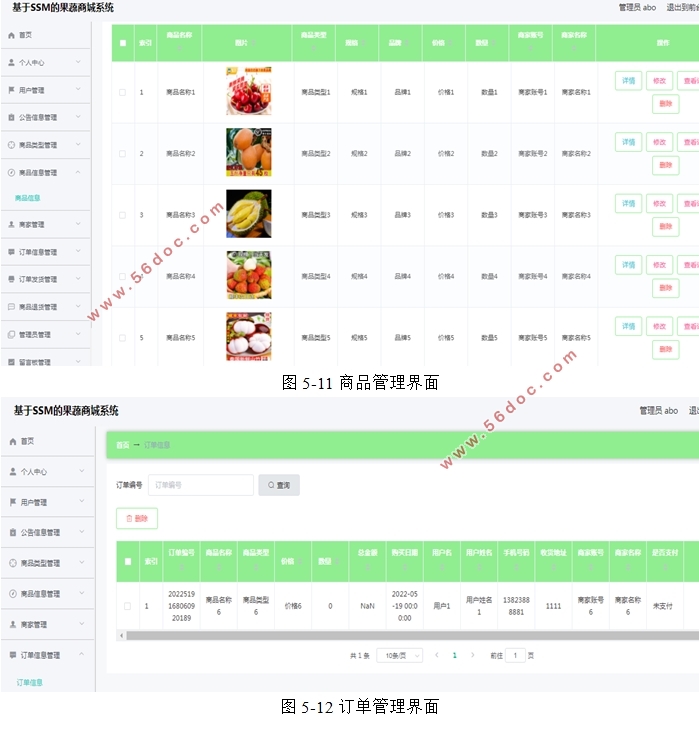
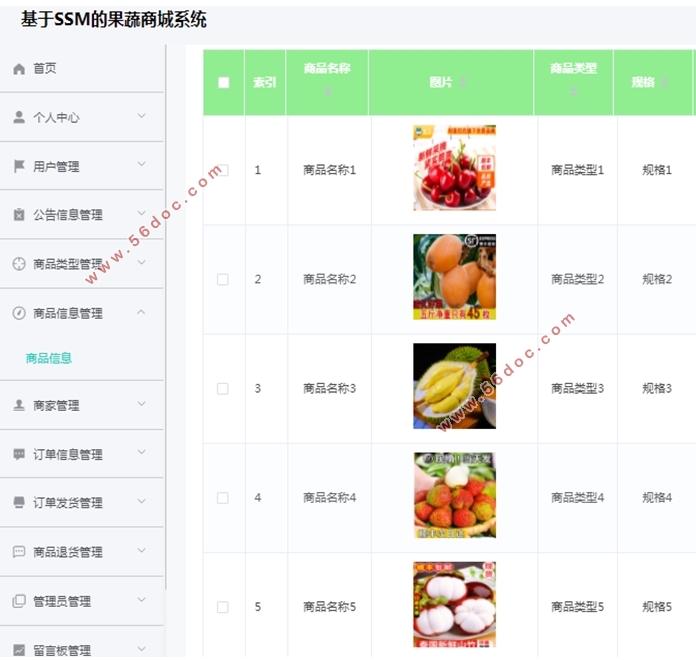
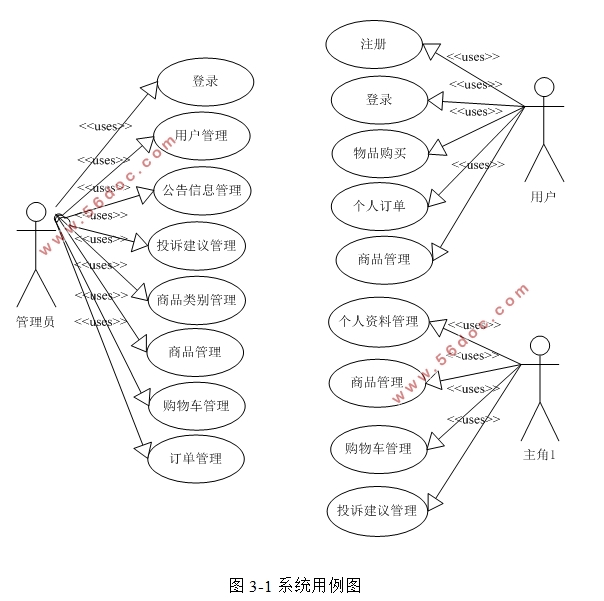

目 录
第1章 绪论 1
1.1 研究背景与意义 1
1.2 开发现状 1
1.3 论文组成结构 1
第2章 开发工具及相关技术介绍 3
2.1 2.1开发工具的选择 3
2.2 2.2 Java语言简介 3
2.3 2.3 Servlet/JSP技术 3
2.4 2.4MySQL数据库简介 4
2.5 2.5 eclipse8.5开发平台 4
第3章 系统分析 6
3.1 可行性分析 6
3.1.1 经济可行性 6
3.1.2 技术可行性 6
3.1.3 操作可行性 6
3.2 功能性需求分析 6
3.3 非功能性需求分析 10
3.4 业务流程分析 10
第4章 系统设计 12
4.1 系统架构设计 12
4.2 功能模块设计 13
4.3 数据库设计 15
4.3.1 概念模型设计 15
4.3.2 数据库表设计 16
第5章 系统实现 21
5.1 用户登录的实现 21
5.2 系统前台主要功能实现 21
5.2.1 首页的实现 21
5.2.2 用户注册的实现 22
5.2.3 商品展示的实现 22
5.2.4 商品搜索的实现 23
5.2.5 商品购买的实现 23
5.2.6 订单生成的实现 24
5.3 系统后台主要功能实现 24
5.3.1 用户管理的实现 24
5.3.2 商品管理的实现 25
5.3.3 订单管理的实现 26
5.4 程序测试基本概念 27
5.5 系统功能性测试 27
5.6 测试结果 28
第6章 总结与展望 29
参考文献 30
致谢 32
|

















